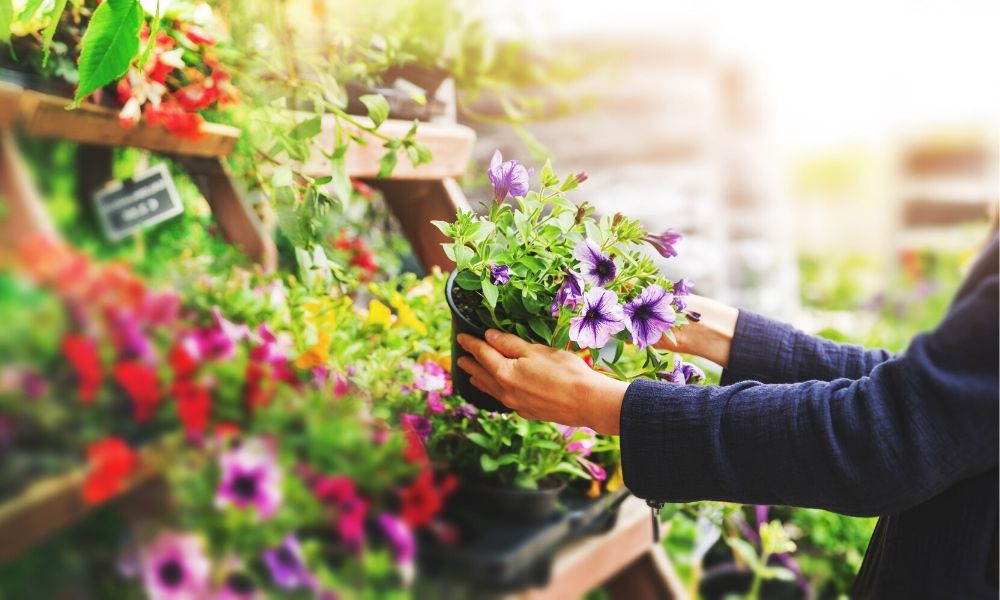Even climate change deniers have to admit that something weird is happening. Extreme storms, hotter heat and colder cold (polar vortex, anyone?), astounding rainfall in some places, and prolonged drought in others are affecting agriculture and residential gardens. Those who adapt will more successfully keep their flowers blooming and their veggies growing. What climate change means for your garden depends largely on where you live, but here are some things to consider for gardens this spring and in the years to come.
Hardiness Zones Are Shifting North
According to a report from Climate Central, hardiness zones are shifting northward as much as 3.8 feet per day. Since 1990, many areas of the country have shifted a full zone. This means keeping an eye on the most current hardiness zone maps from the USDA and other agricultural organizations and planning garden alterations accordingly.
Frost Danger
Earlier springs and milder winters encourage flowering plants to blossom, but they also increase the risk of frost damage. Spring may come earlier with warmer days, but cold spells still happen, leaving early blooming plants and veggies vulnerable to frost damage. The dates of final frost become less predictable and planting season becomes more of a roll of the dice, even for cold-hardy plants.
Heavy Downpours Interrupted by Periods of Drought
Flooded underpasses and overflowing streams are becoming a regular occurrence, rather than a rare event. According to Climate.gov, heavy downpours are likely to continue and even happen more often. Gardeners must pay increased attention to drainage issues and associated erosion problems. Manage standing water and runoff with proper drains and catch basins.
While downpours are heavier, the time between them may be longer, creating mini drought events in some places and prolonged drought in others. Rain barrels to store water for future dry spells will become a regular feature of most residential gardens.
Invasive Species Expand Their Habitat
Plants and animals are shifting and expanding their range to adapt to new and changing climate conditions. Depending on where you live, you may see new varieties of pests and stubborn weeds not previously encountered.
Now is a good time to become acquainted with your state’s information from their horticulture and wildlife experts on what climate change means for your garden.













